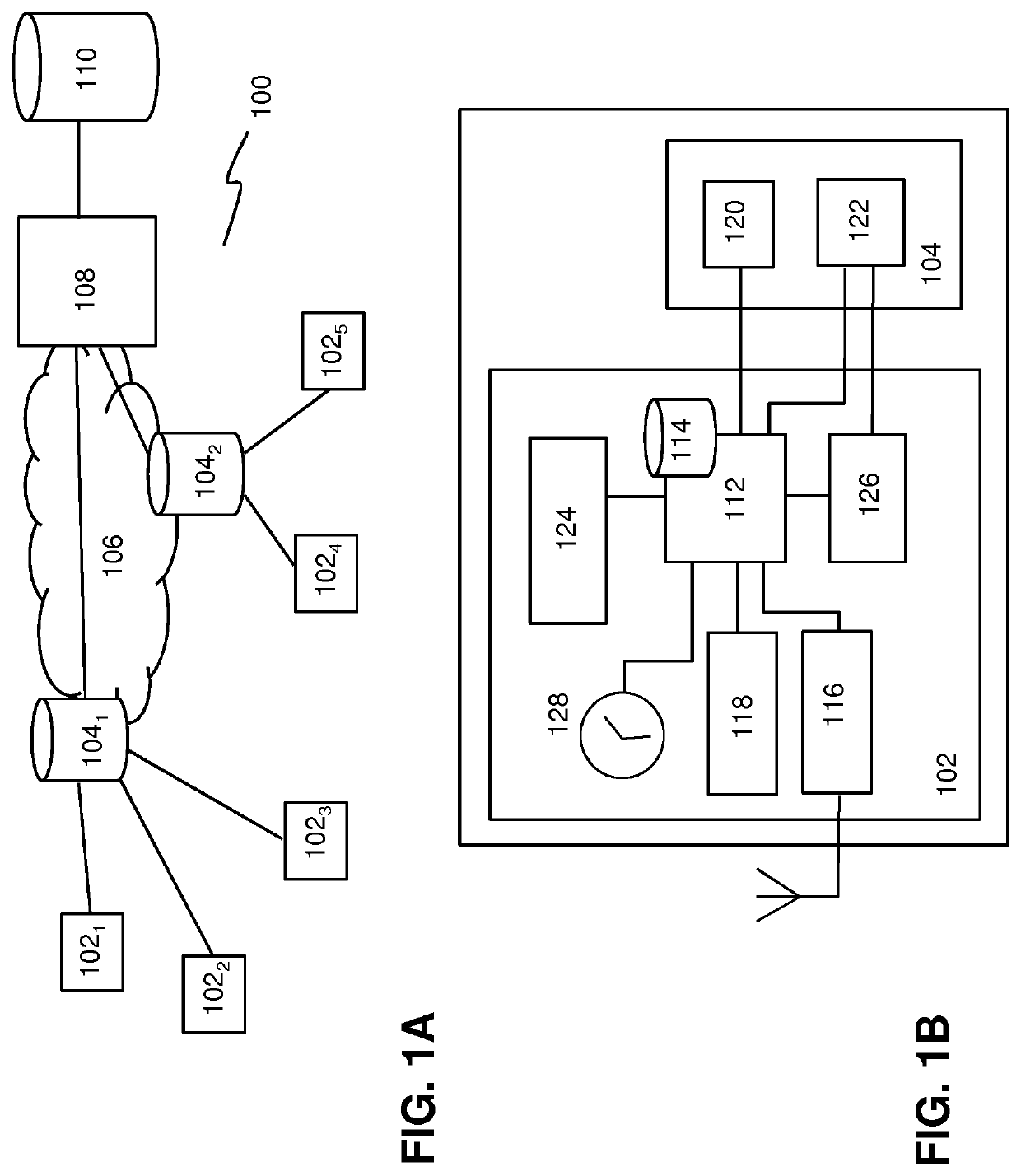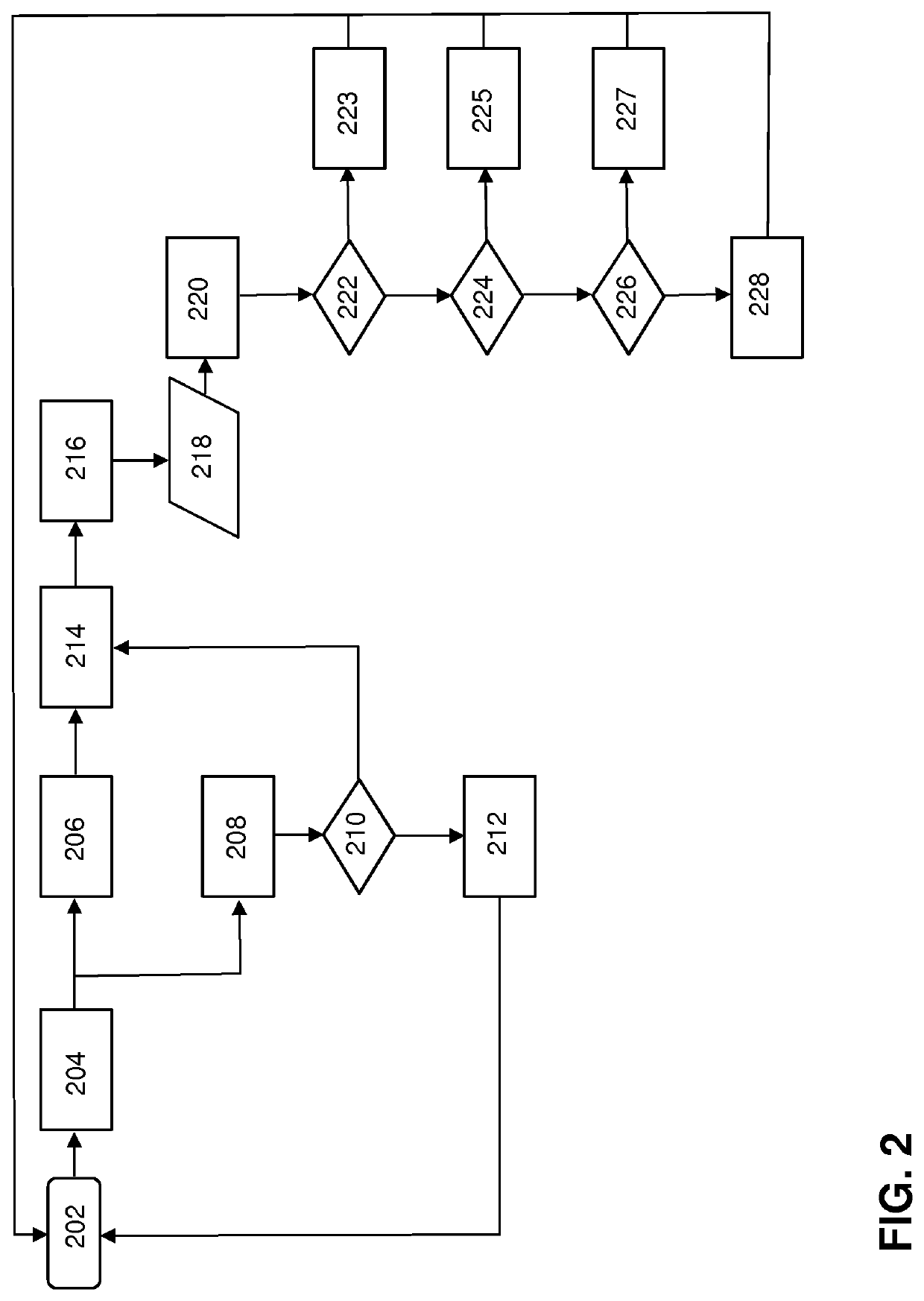Wireless vital sign monitoring
- Summary
- Abstract
- Description
- Claims
- Application Information
AI Technical Summary
Benefits of technology
Problems solved by technology
Method used
Image
Examples
Embodiment Construction
[0055]The embodiments in this disclosure described low-care wireless vital sign monitoring systems and wireless low-power vital sign measuring devices for use in such systems. The wireless vital sign measuring devices provide accurate determination of vital sign parameters for use in low-care vital sign monitoring. The measuring devices are adapted to provide low-power data acquisition and reliable determination of vital sign parameters, which are robust against noise, in particular against motion-induced noise.
[0056]FIGS. 1A and 1B depict schematics a low-care vital sign monitoring system and a wireless vital sign measuring device for use in such monitoring system according to various embodiments of the invention. In particular, FIG. 1A depicts a low-care vital sign monitoring system 100 comprising a plurality of wireless vital sign measuring devices 1021-5 (hereafter in short also referred to as measuring devices) that are configured to wirelessly communicate with one or more base...
PUM
 Login to View More
Login to View More Abstract
Description
Claims
Application Information
 Login to View More
Login to View More - R&D
- Intellectual Property
- Life Sciences
- Materials
- Tech Scout
- Unparalleled Data Quality
- Higher Quality Content
- 60% Fewer Hallucinations
Browse by: Latest US Patents, China's latest patents, Technical Efficacy Thesaurus, Application Domain, Technology Topic, Popular Technical Reports.
© 2025 PatSnap. All rights reserved.Legal|Privacy policy|Modern Slavery Act Transparency Statement|Sitemap|About US| Contact US: help@patsnap.com



